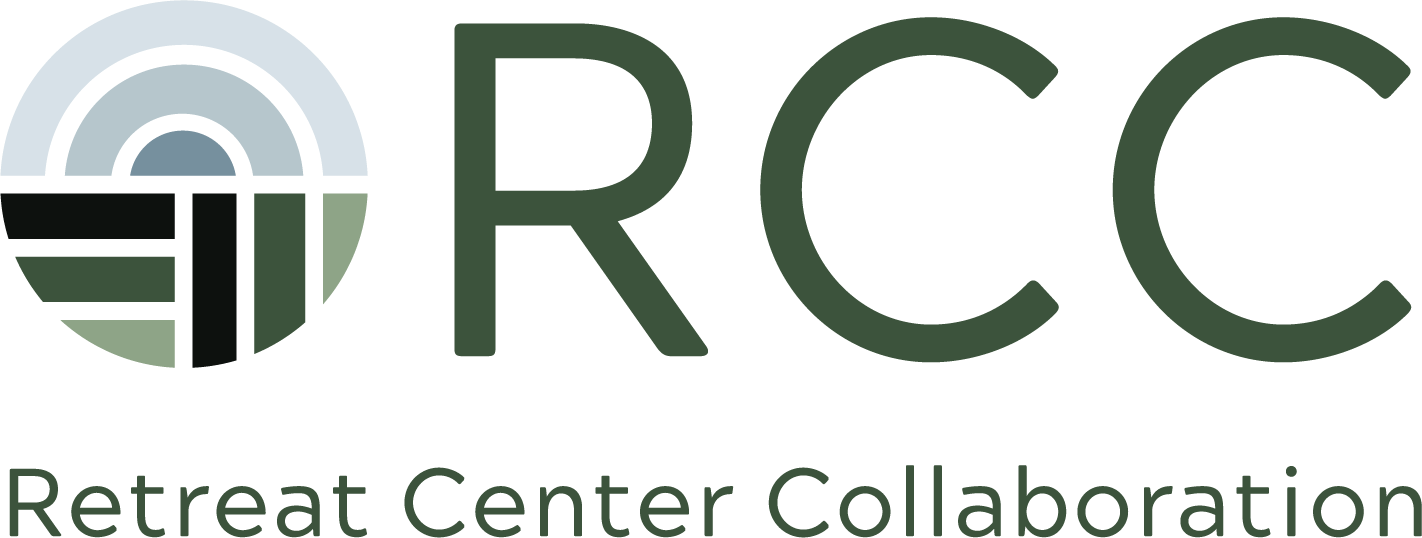Creating Sacred Space Virtually
The Retreat Center Collaboration is a diverse community of retreat centers. For many centers, there’s a sacred element in the work of preparing and holding space for retreat, a sacred way of gathering and being together, and a sacred connection with the land itself.
Although expressed differently among our respective religious, secular, and spiritual traditions, these meaningful connections within the spaces we share are at the heart of retreat. One of the RCC’s core values has been expressed as the power of place.
Creating sacred space in virtual settings is a shift for many centers, an opportunity to bring our strengths to new audiences in new ways.
To support this work, the Fetzer Institute is sharing some new research.
Fetzer has hosted a series of conversations to explore Creating Sacred Space Virtually and learn new strategies from experienced facilitators. In their report, which summarizes a series of 90-minute conversations with 40+ leaders in recent months, the Fetzer Institute identified five broad themes among the best practices shared by participants.
In the video above, Michelle Scheidt and Xiaoan Li offer some best practices emerging from these gatherings, and invite the group to share ideas and learn from each other.
1. Connect through physical spaces
Walking meetings--share where you are
Explore ways to integrate the physical space you’re in with the virtual space you’re sharing
Step outside
Remember the facilitator’s physical location is important
Invite people to share their geographical location
2. Bring in the real
Engage the senses
Offer ways to extend gathering experiences
Bring artifacts
Share lunch/tea
Involve family and community
3. Attend to details before and after the virtual gathering
Communicate clearly before and after the meeting
Do some context setting early on
Meditation
Intention setting
Building trust
Snack boxes/gifts shared together, or mailed out in advance
4. Hold space
Removing barriers
Move away from just squares online
Sacred rituals, opening in contemplative practice
Be aware of group size and time
Virtual time isn’t the same as physically together time
Facilitator steps in as the first to be vulnerable
Touchstones
5. Invite creative engagement opportunities
Tech wizard--maximize what your tech platform can offer
Energy check-ins (these help the facilitator and are an engagement strategy)
Embodied practices
Turn camera on or off for different activities
Sign language signals - develop a new shared visual language with your community
Small groups matter
Facilitators:
Xiaoan Li - Fetzer Institute
Michelle Scheidt - Fetzer Institute, RCC Steering Committee
Jean Richardson - Kirkridge Retreat and Study Center, RCC Steering Committee
Justine Johnson - Kirkridge Retreat and Study Center, RCC
Diana Scearce - RCC
More notes, visuals, and an audio recording of this session are available at the link below.

